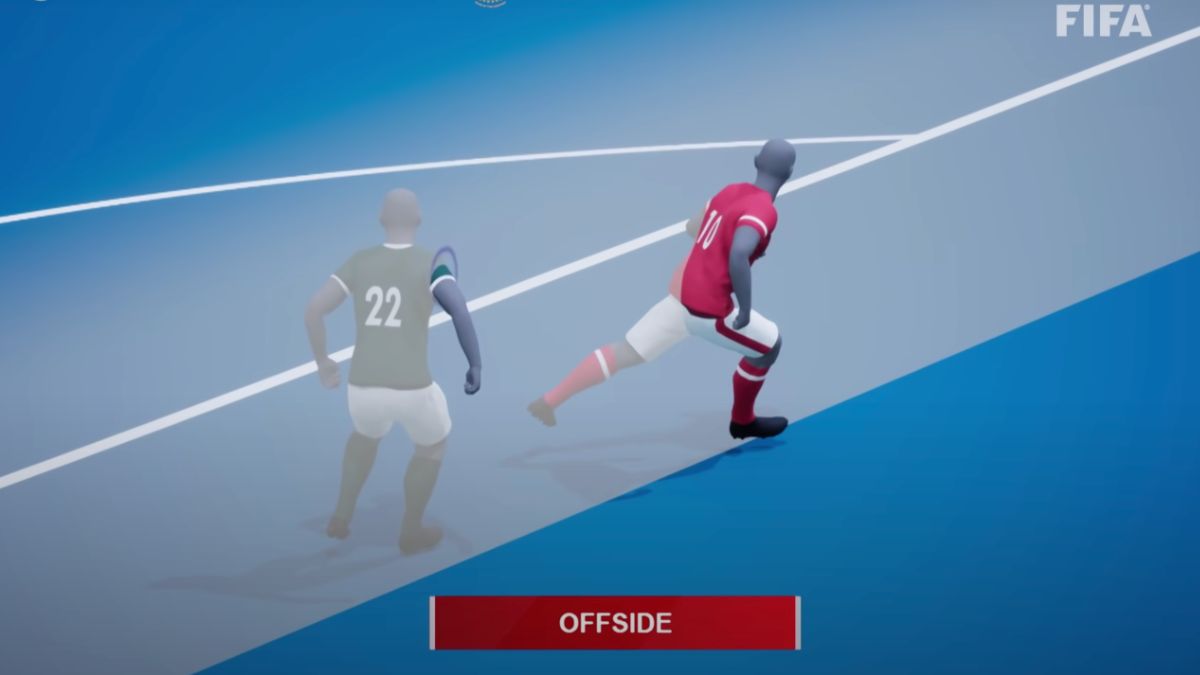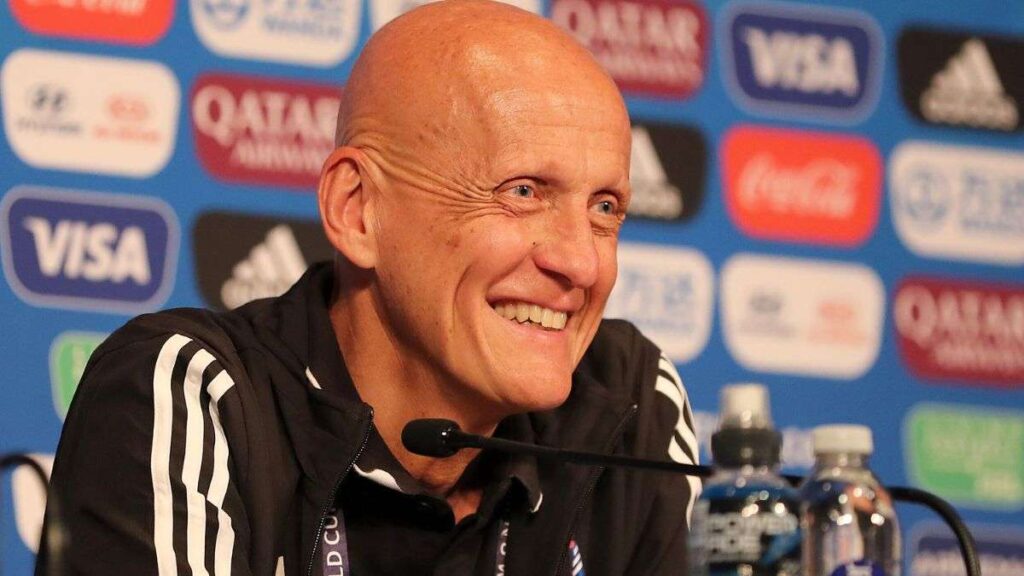
Semi-automated offside technology in place for 2022 Qatar World Cup
FIFA has rolled out semi-automated offside technology during the Qatar World Cup to speed up the time taken to make offside decisions.
Welcome to FIFA’s new age, for the first time at football’s most significant event, artificial intelligence will dictate offside. Any player in an offside position will alert the video assistant referee booth which will pass it on to the on-pitch referee.
The technology will surely cut down delays. There will be no more flesh and blood Video Assistant Referee to draw those lines and pause the image.
The system was trialed at last year’s Arab Cup and Club World Cup. However, it was estimated to have reduced the time taken to make offside VAR decisions from 70 to 25 seconds.
Moreover, FIFA president Gianni Infantino, admits to the fact as there are imperfections in VAR. But vouches to oversee an improvement in the technology.
The famous former ref Pierluigi Collina, who is now chairman of FIFA’s referee’s committee explains, on Friday:
We expect that semi-automated offside technology can take us a step further
We are aware that sometimes the process to check a possible offside takes too long, especially when the offside incident is very tight. This is where semi-automated offside technology comes in – to offer faster and more accurate decisions.
Since the first use of VAR at the 2018 World Cup in Russia, it has come to notice a feeling of disruptive, and routinely time-consuming. Furthermore, Collina accepts, even after all that is not always 100 percent reliable.
How will the game change with the introduction of semi-Automated office Technology at the Qatar World Cup?

As mentioned earlier Pierluigi Collina announced the news in a press conference, saying it will lead to “faster and more accurate decision making.”
The technology uses 12 dedicated multi-tracking cameras positioned around the stadium’s roof to track players’ movements. It will use 29 data points per player to make a 3-D virtual model of the match. Also, it will send data 50 times per second to calculate their exact position on the pitch.
This semi-automated office technology, in theory, can provide the exact moment when the forward pass begins.
FIFA’s football technology and innovation director Johannes Holzmuller states:
The focus is always on two aspects,
The first one is the kick point — we hope that, with the help of technology, we can identify exactly the moment the ball is played.
The second point is that we can identify which body part of the attacker or the second-last defender is closer to the goalline. We hope, with the help of technology, we can be more accurate, and faster.
So, therefore, we are going back to a situation where after scoring there won’t exist the fear of a goal being disallowed or subject to a lengthy check (certainly that seems the plan for sure).
But even though FIFA seems confident in Artificial intelligence for clarity, but still there remain occasions when there are subjective elements to a decision as – was a particular attacking player “interfering” with play or has there been a “deliberate play” of the ball by the defender for example?
How soon the system will be introduced in Premier League?
As FIFA announced, the 2022 Qatar World Cup will be the first place where the system will be seen for the first time. But for the domestic leagues, it is expected to take a bit longer.
Probably, the earliest season to see semi-automated office technology in Premier League is 2023-24.
Moreover, the introduction of this system in the Premier league will lessen coaches’ fuming about referees’ decisions. Especially Liverpool boss Klopp! just kidding.
